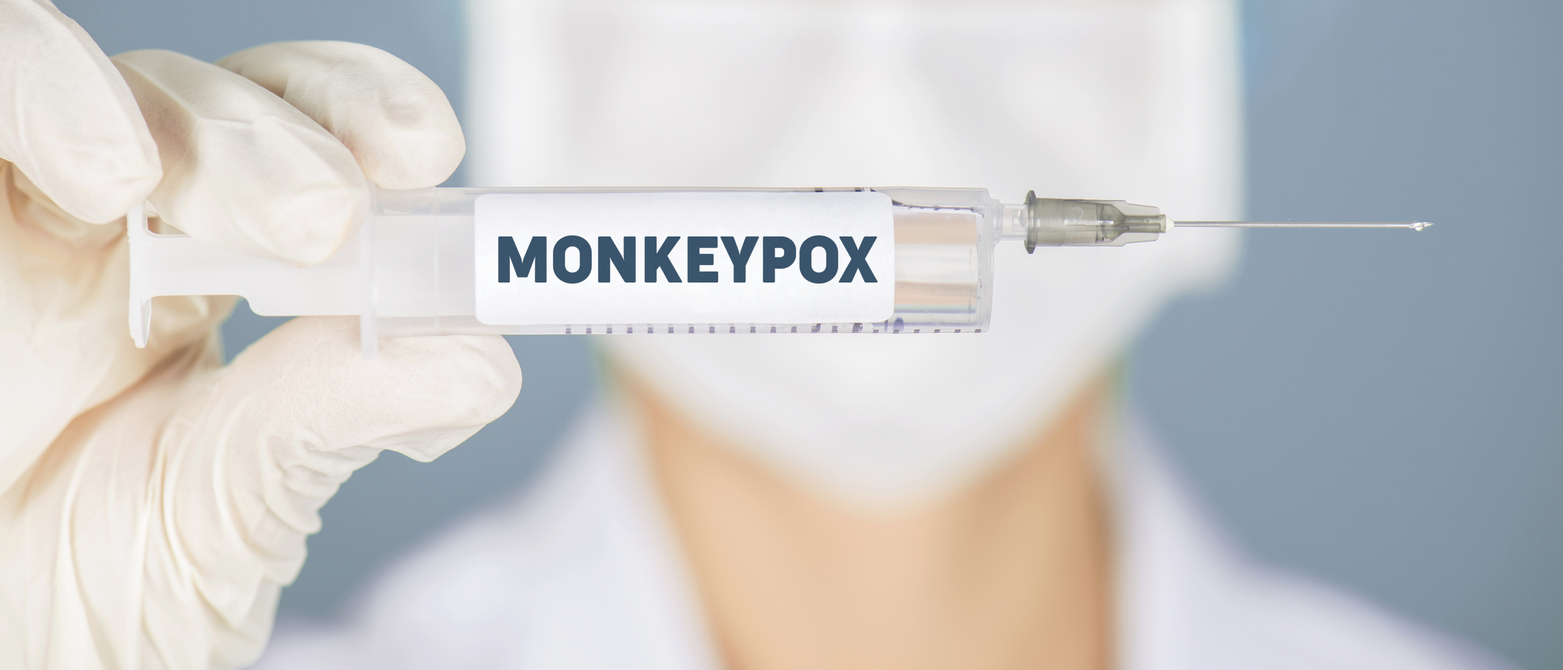| By Brenda W. Lerner, RN, ALB |
An epidemic of Monkeypox is currently gathering steam throughout the world, leading some people to wonder if this is a situation of “here we go again,” but scientists say the likelihood of another pandemic with monkeypox as the cause is very low.
Monkeypox is endemic (occurring naturally at a baseline level) in about a dozen countries in Central and Western Africa, but the current outbreak has greatly expanded the geographic reach of the disease. So far, 80 countries where monkeypox does not normally exist have reported more than 26,000 cases.1 As of early July, over 6,000 cases have been reported, mostly in the United Kingdom and Europe. Australia and South America have also seen cases. The United States identified its first monkeypox case of 2022 on May 18 in a man who had just returned from Canada. Within six weeks, the U.S. monkeypox count grew to 460 cases in 30 states. Monkeypox-endemic countries in Africa account for just over 1,000 of the total outbreak cases so far in 2022. This is about half of their expected yearly incidence of 2,000 monkeypox cases.
The U.S. Centers for Disease Control and Prevention (CDC) and the World Health Organization (WHO) are tracking the epidemic of monkeypox and are advising both medical professionals and the public on ways to manage it. WHO chose not to declare the outbreak a global health emergency under the International Health Regulations in late June for the same reason that it is not likely to spark another pandemic: Sustained transmission isn’t easily happening between humans. With prompt recognition and isolation of infected people, monkeypox outbreaks tend to resolve as quickly as they emerge.
Monkeypox is an emerging infectious disease that is caused by the Monkeypox virus, which belongs to the same genus as the Variola virus, the cause of smallpox. Monkeypox disease is similar to Smallpox, but is usually much less severe. The incubation period can range from five to 21 days, and the first symptoms that appear tend to include fever, muscle aches, and significant fatigue. Conjunctivitis (inflammation of the outer layer of the eye and the inner eyelid) and swollen lymph nodes can also develop. Within a few days of developing fever, a raised rash appears, typically first on the face and then spreading to the trunk and extremities, including the palms of the hands and soles of the feet. The rash lesions become fluid filled, then eventually crust over and slough off. The person can infect others until the lesions are completely healed, in about four weeks. Diagnosis is suspected based on symptoms and travel history, and can be confirmed with PCR analysis of the infectious material taken from a lesion.
About 90 percent of the current epidemic cases are among men, although increasing numbers of cases in family members and caregivers are being detected. Men who have sex with men also account for a majority of cases occurring outside of Africa, but health officials stress that anyone can get monkeypox. Children are especially vulnerable to developing severe disease from monkeypox and its complications, which can include pneumonia and encephalitis. Death from monkeypox occurs about 3–10 percent of the time in rural areas where the disease is endemic, and in about one percent of cases that occur in highly industrialized nations where specialized medical care is accessible.
An approved vaccine specifically for monkeypox does exist, but emergency stockpiles in the United States are currently unable to fully respond to the global epidemic. In the United States, they are usually reserved for health-care workers treating monkeypox patients, lab workers handling samples of potentially monkeypox-infected materials, and people at elevated risk of complications from monkeypox. Until the vaccine supply can be ramped up to contain the outbreak, the best protection against monkeypox includes avoiding rodents and monkeys in endemic areas that carry the virus and avoiding close contact with people who are ill with monkeypox.
Like SARS-CoV-2 and other zoonotic viruses (viruses that live naturally in animals and can infect humans), Monkeypox virus could potentially evolve into a more contagious form that allows for easy and sustained transmission between humans. That is not likely to happen, however, as scientists say the DNA of the Monkeypox virus is very stable compared to the most highly adaptive candidate pandemic viruses—that record still belongs to influenza.
More information on monkeypox and the current epidemic is available at the Gale Health and Wellness database.
1. Steenhuysen, Julie, “Explainer: Monkeypox in the U.S. – Where Could It Spread Next?” Yahoo! News, August 7, 2022.
Meet the Author
Brenda Wilmoth Lerner is a writer and editor specializing in global health. Volunteer nursing has taken her far and wide, but she especially values her time at home on the Gulf Coast. Additional information about Brenda Wilmoth Lerner and her work may be found at https://scholar.harvard.edu/brendawilmothlerner and https://harvard.academia.edu/brendawilmothlerner.


